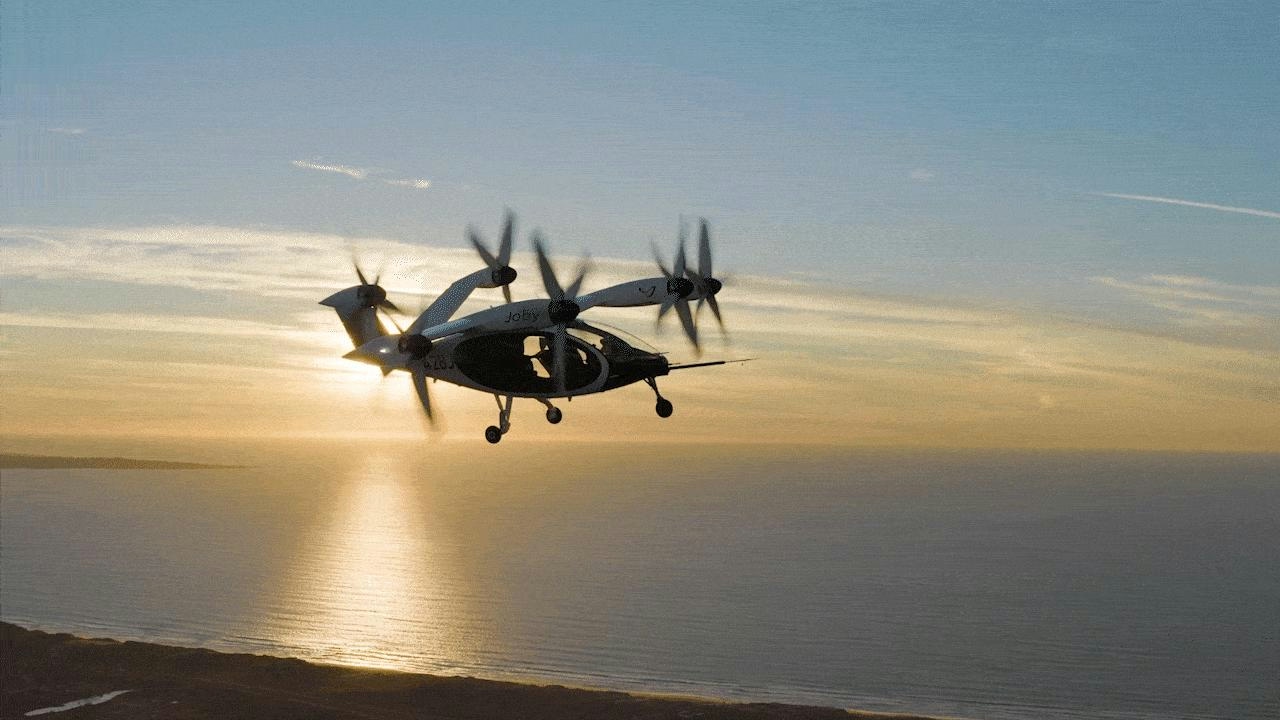
AeroGenie — Votre copilote intelligent.
Tendances
Categories
NBAA Highlights Need for Air Traffic Control Reform at DOT Industry Day
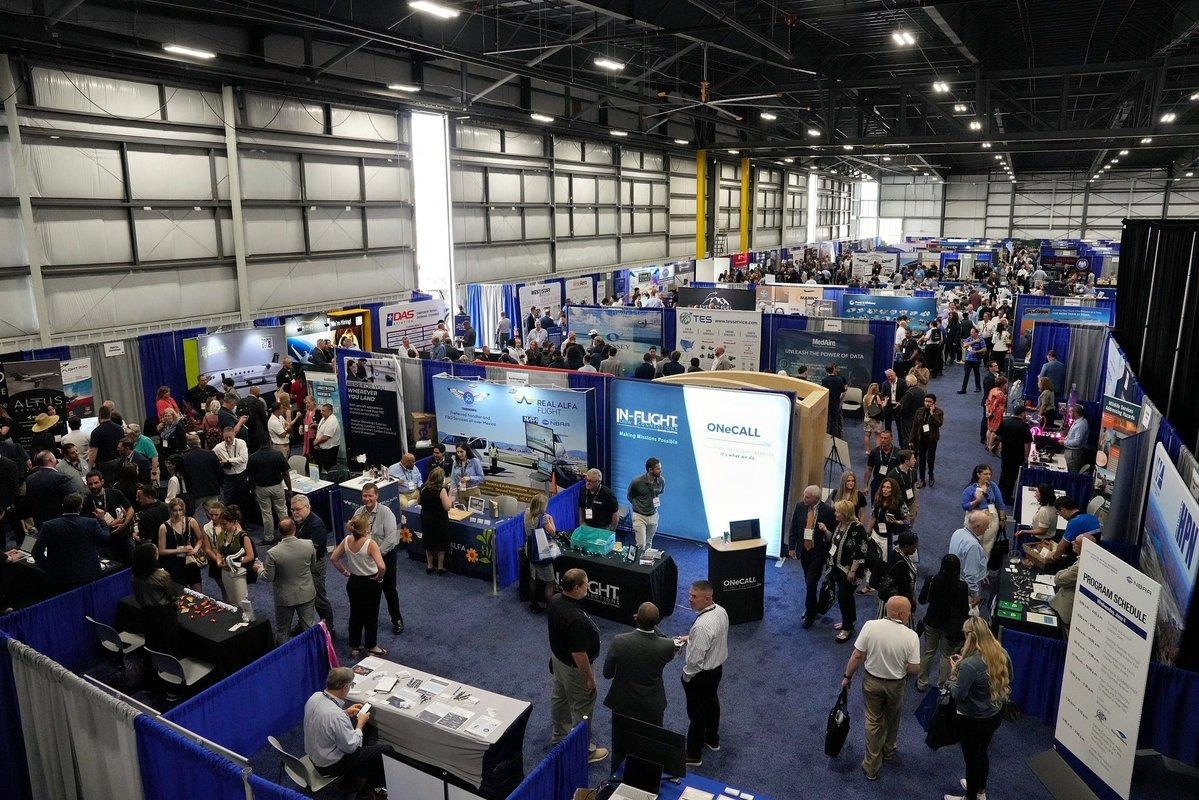
NBAA Highlights Urgent Need for Air Traffic Control Reform at DOT Industry Day
The National Business Aviation Association (NBAA) has emphasized the critical necessity for comprehensive reform of the United States’ air traffic control (ATC) system. At a pivotal Industry Day convened by the Department of Transportation (DOT) on June 10, leaders from the DOT, the Federal Aviation Administration (FAA), industry groups, and aviation stakeholders gathered to discuss innovative solutions, emerging technologies, and procurement strategies aimed at modernizing the nation’s aging airspace management infrastructure.
Collaborative Efforts and Industry Commitment
NBAA President and CEO Ed Bolen expressed gratitude to DOT Secretary Sean Duffy and FAA Acting Administrator Chris Rocheleau for spearheading this collaborative initiative. The event precedes the DOT’s forthcoming “Request for Solutions,” which will solicit proposals for a new ATC system, with a contract award anticipated by September 30. This initiative follows the recent establishment of the Modern Skies coalition, an industry-wide alliance including the NBAA, dedicated to advancing ATC modernization efforts.
Bolen underscored the heightened urgency for reform in light of recent tragic accidents and safety incidents that have drawn attention from the White House, DOT, FAA, and the broader public. He described the current moment as a national imperative, noting that while the FAA holds the authority to accelerate modernization, it has yet to fully utilize this power to meet the ambitious timelines required.
Addressing Systemic Challenges and Exploring Solutions
Discussions at Industry Day focused on persistent challenges such as delays and safety risks stemming from outdated technology, particularly at high-density airports where the threat of midair collisions is increasing. These vulnerabilities have contributed to system outages, including recent disruptions in the Northeastern United States, and have disproportionately affected smaller community airports that are vital to business aviation. Bolen stressed that transforming the ATC system is no longer optional but an essential step to ensure safe and efficient operations now and in the future.
Participants explored new initiatives, including an Enterprise Challenge for transformation modeled after the accelerated update of the NOTAM system. This approach aims to guide targeted investments in facilities, equipment, and technologies throughout the ATC network. The event also highlighted the importance of enhanced training and support for air traffic controllers, reflecting concerns raised by former controllers regarding job-related stress and the need for adequate recuperation.
Industry Response and Future Outlook
The push for reform has generated increased pressure on the FAA to expedite reauthorization and implement substantive changes. Competitors in the aviation technology sector are responding with innovations such as SITA’s improved thunderstorm forecasting systems, designed to address ATC vulnerabilities. FAA officials anticipate that modernization efforts will alleviate severe operational restrictions and significantly enhance safety.
A growing consensus among industry experts and opinion leaders supports comprehensive reform, with multiple strategies proposed to overhaul the U.S. ATC system. Bolen concluded the event by affirming that the gathering represents a significant step forward in building a new air traffic control system grounded in collaboration and informed by input from all end-users.
The DOT’s Industry Day marks a critical juncture as stakeholders unite to confront longstanding challenges and chart a course toward a safer, more efficient national airspace system.

Why the Boeing 777X Is Limited to a Single Engine Type
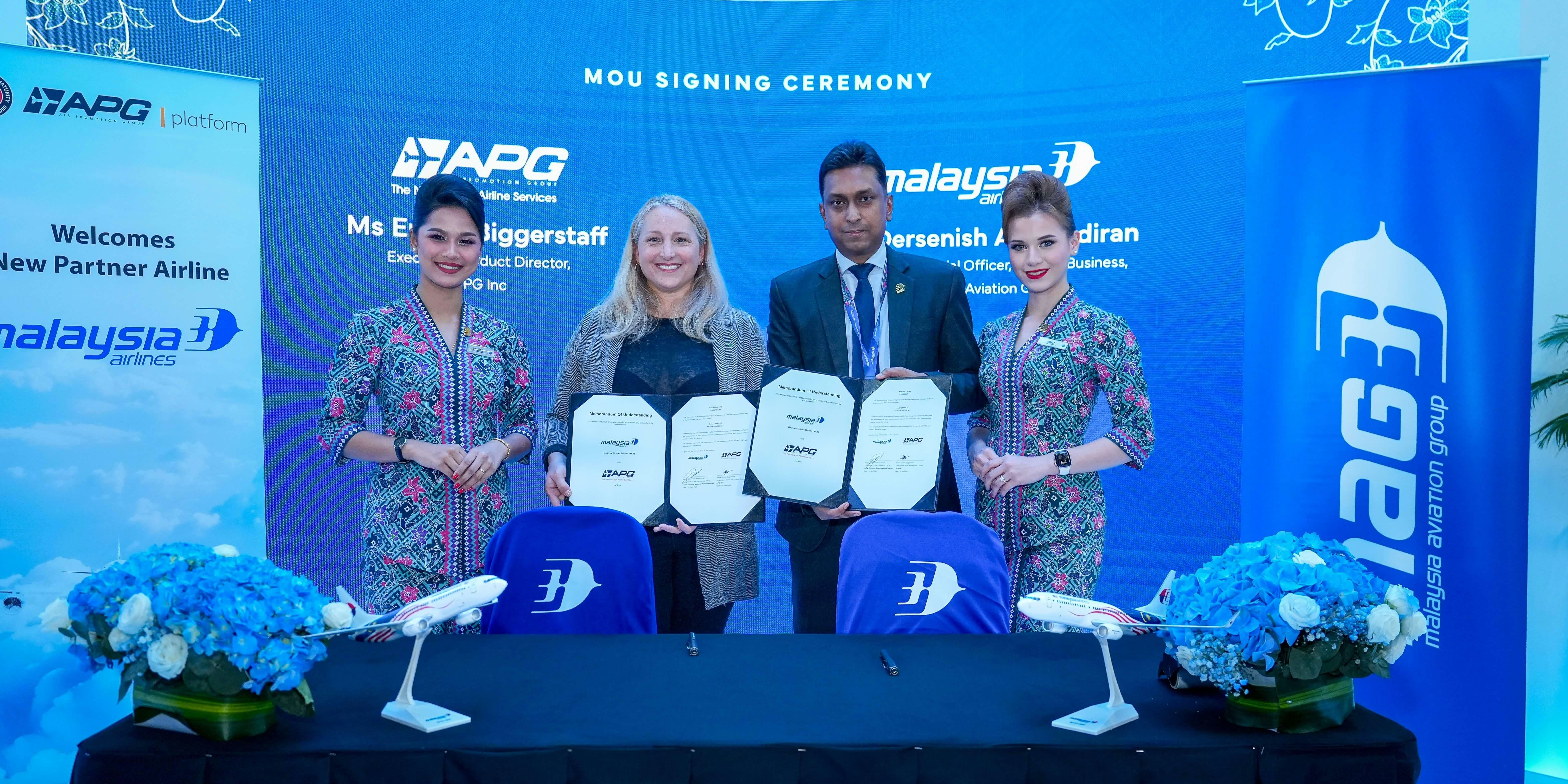
Malaysia Aviation Group Announces Long-Term Business Plan

Hartzell Launches Sky-Tec Starter Line
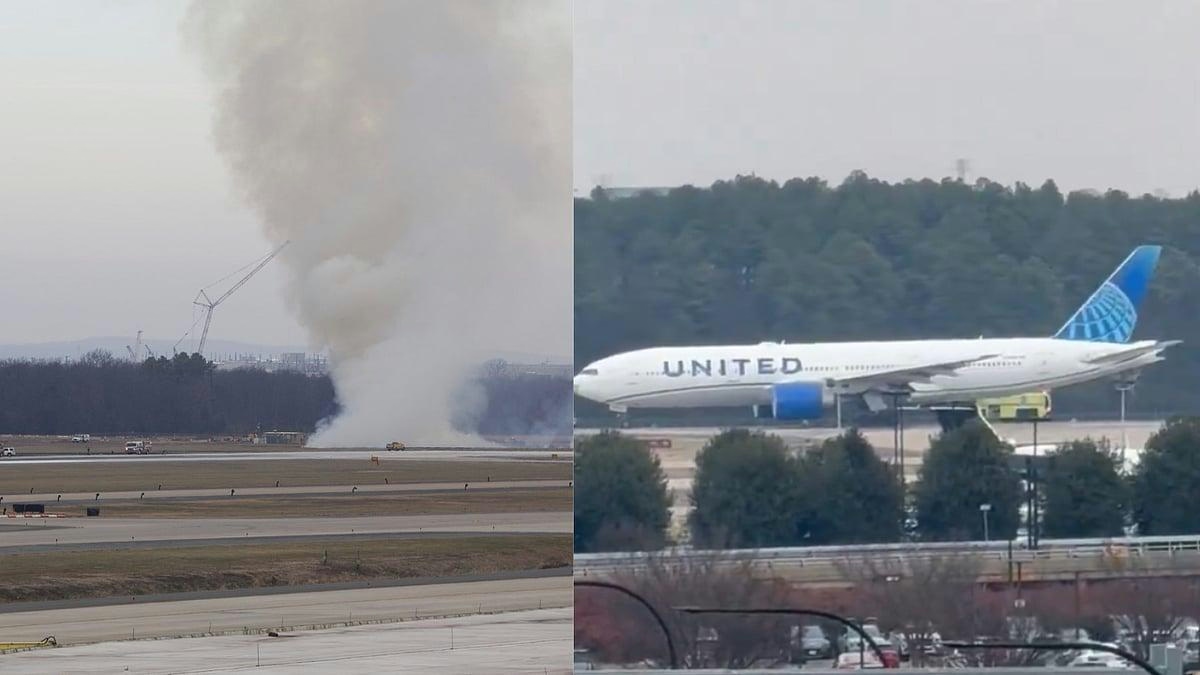
Boeing 777 Engine Failure Reported at Dulles Airport
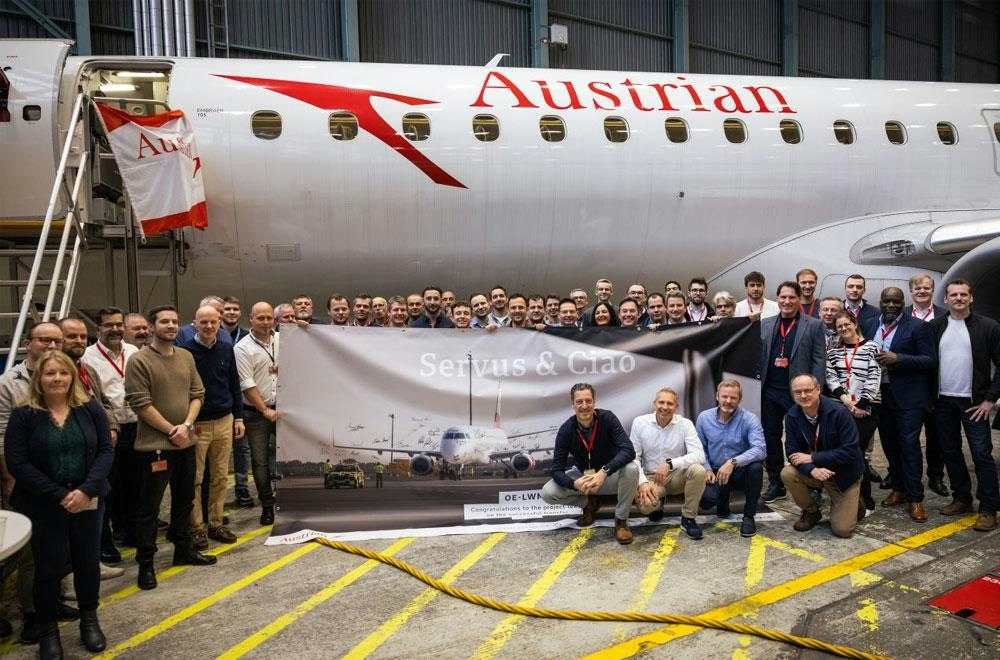
Austrian Airlines Transfers Embraer Fleet to Air Dolomiti
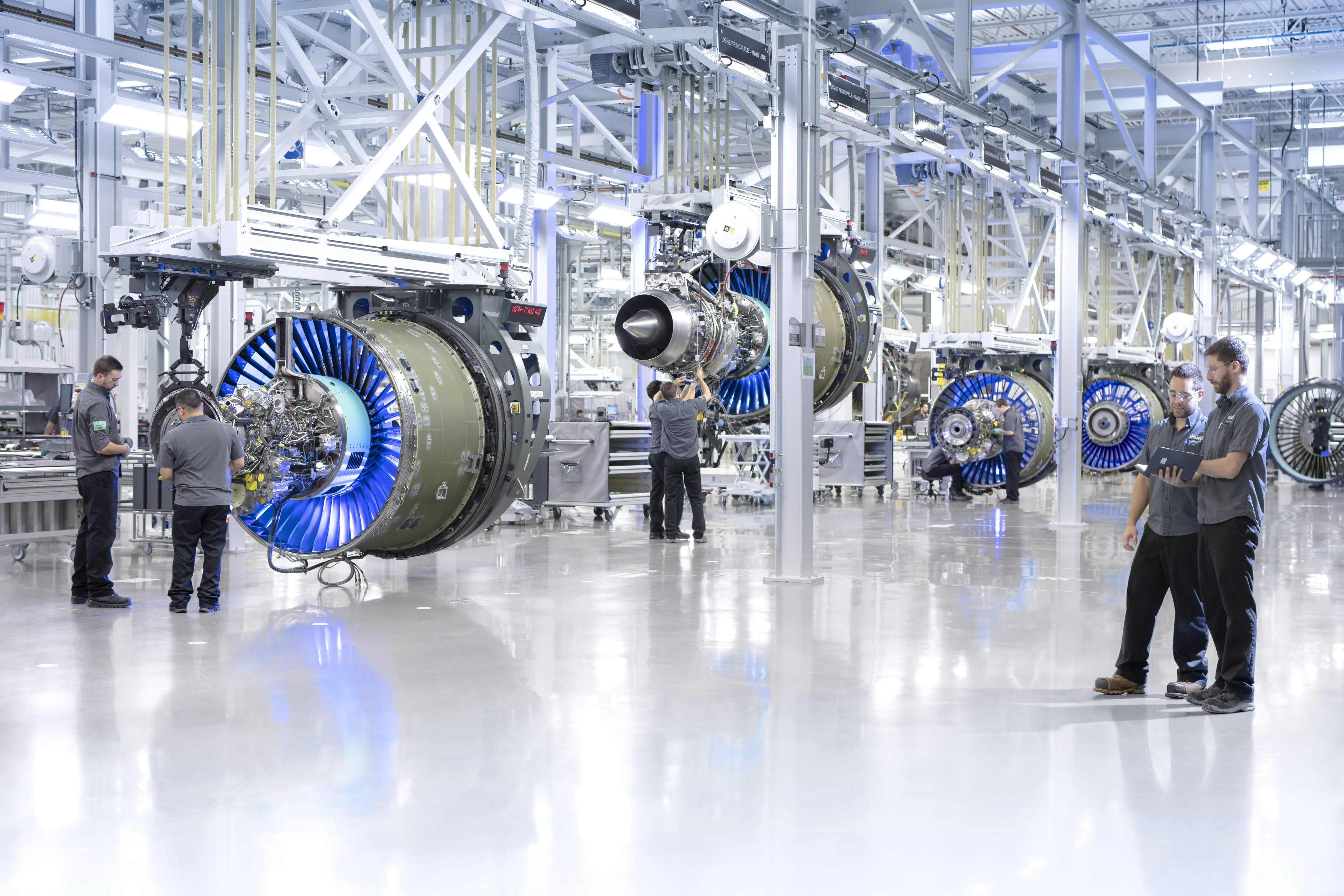
Airbus and Ingenium Open Aerospace Innovation Lab in Ottawa
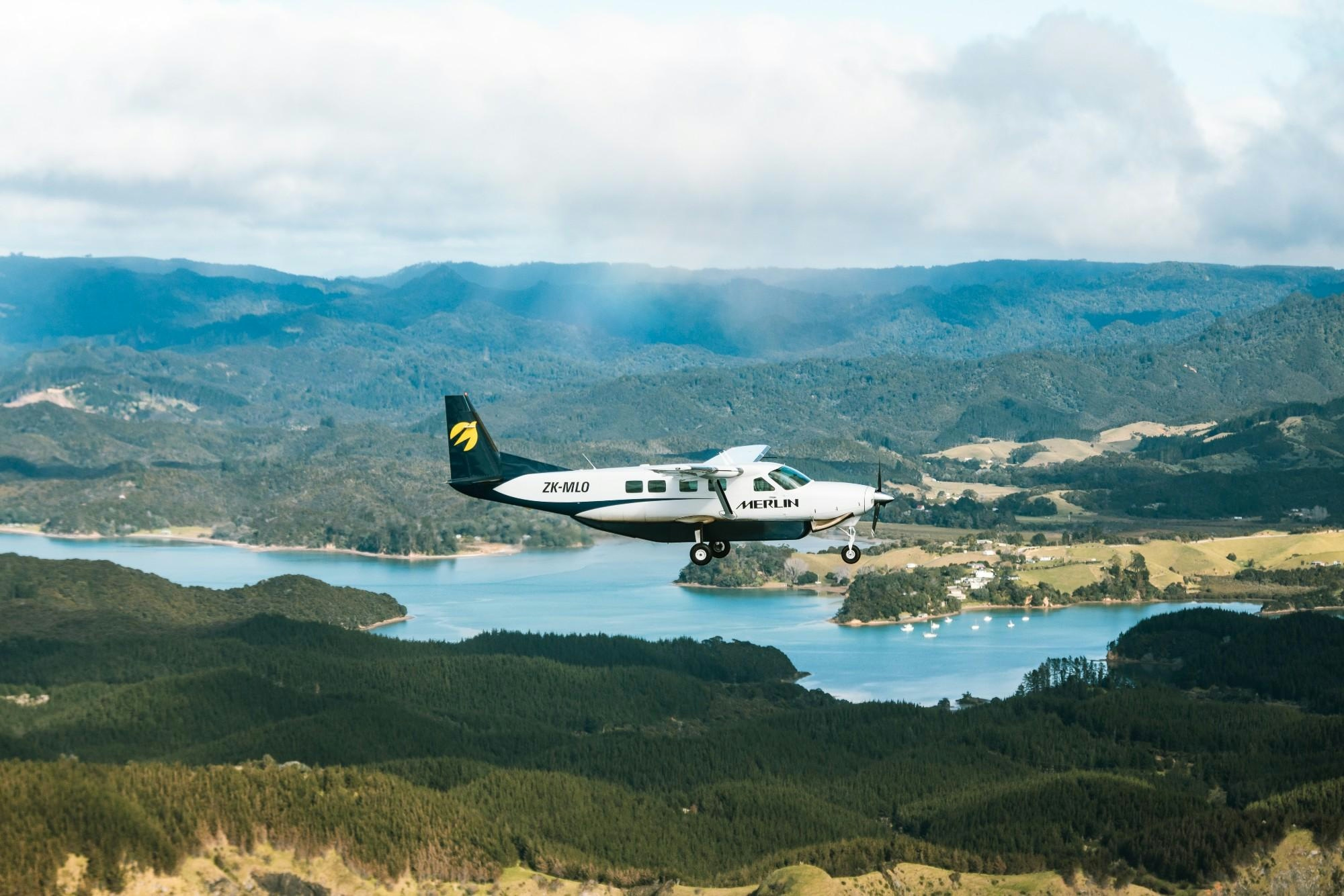
Merlin Labs: AI Aviation Company with SPAC Downside Protection
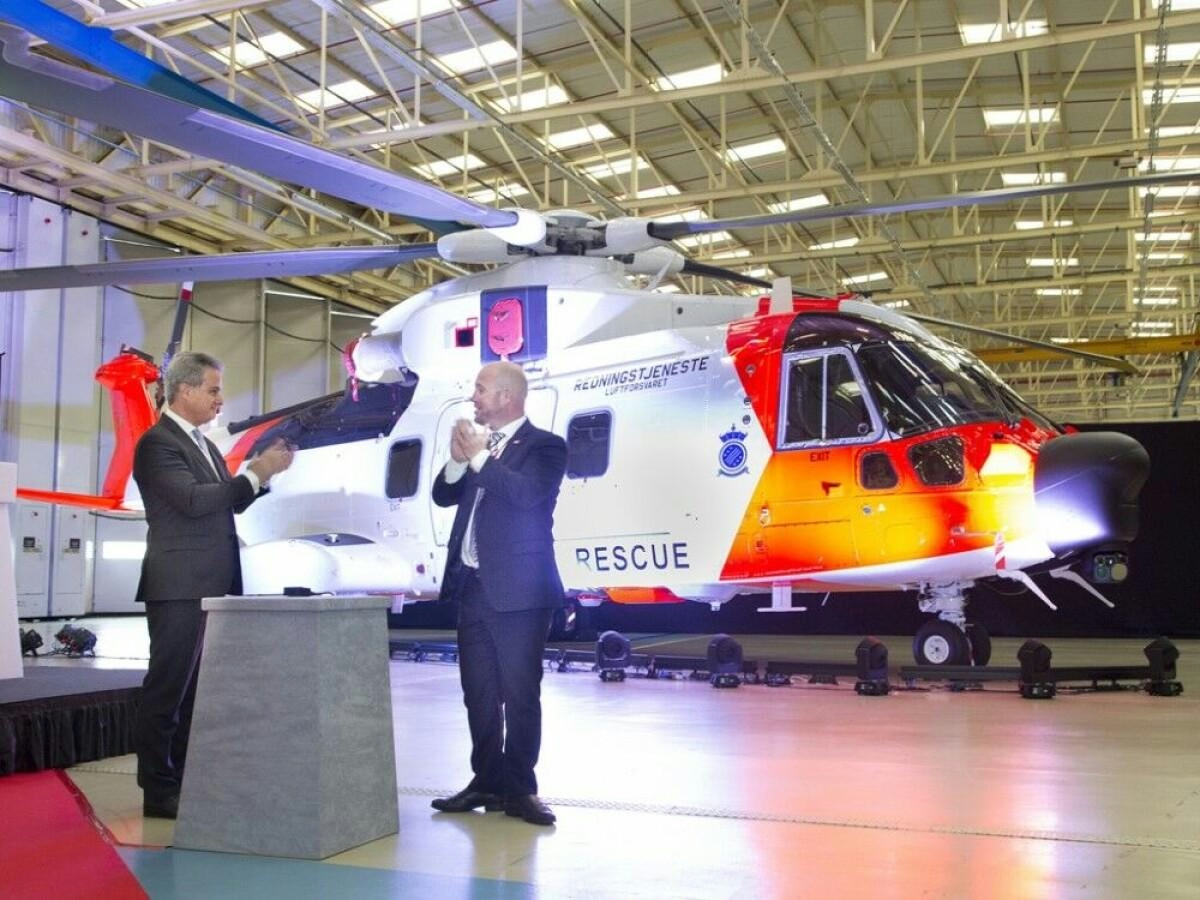
Heli-One Extends AW101 Search and Rescue Support in Norway

Falko Completes First Aircraft Sale in Japan
